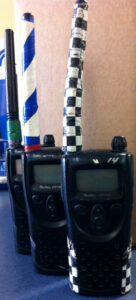radio vs cell continued…
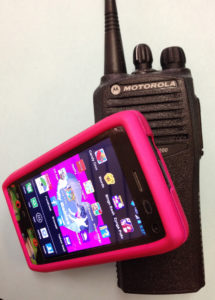 We often are asked by friends, family and clients about the status of 2-way radio in a world where everyone seems to be carrying their own personal communications device, a cell phone. Here are some thoughts of those in this industry concerning this subject.
We often are asked by friends, family and clients about the status of 2-way radio in a world where everyone seems to be carrying their own personal communications device, a cell phone. Here are some thoughts of those in this industry concerning this subject.
Most people would admit they could not function without their smart phone, the computer attached to your hip.
But in reality, as a communications device, a cell phone is still a device for making a phone call to another person. You dial a number, let it ring, wait for an answer, hope to talk to the person you are calling, possibly leaving a voice message. The process takes at least a minute of your time or more just to connect. And following this routine, you may end up having a conversation for several minutes.
When using a two-way radio you simply press the push-to-talk (PTT) button and instantly speak to your group (or one-to-one depending on your radio system). You can give a brief message or instruction, receive an immediate response and finish your task accordingly. The entire process typically takes a few seconds. It is fast and efficient, saving time and money. In the realm of public safety and businesses such as construction, it can save lives. In addition, radios are highly effective in high noise environments, built rugged for long-term use, offer an intuitive one-touch user interface, and feature a battery designed to do a full day’s work.
Nearly all business models of two-way radios are repairable and have replacement battery packs available. The life expectancy of a two-way radios is up to 10 years, with many exceeding this mark. Computing the cost of purchasing a typical business 2-way radio (Motorola CP200d) over 10 years including replacement batteries every two years and 1-2 repairs, it would calculate to under $12/month to own/operate the radio. Much less than the overall cost of cellular for the same time period.
Cellular devices are by nature fragile. The majority are too lightweight for work environments. Battery packs are often non-replaceable. If you talk to those in the cellular industry, you will find the life expectancy of a phone is about two years. At the 2-year mark, the cell carriers are ready to make a deal with you where you can get the next model “free” or inexpensively to keep you as a client. The industry is reliant upon the monthly fees we all pay. We’ll let you do the math on what a maintaining a cell phone will cost you over the course of 10 years.
Radio communication is instantaneous with the simple use of a PTT button. The person needing information receives it quickly. Requests for assistance are heard by everyone monitoring the frequency. This is essential in many industries and especially in public safety. Radios designed for public safety can also have other features such as an emergency button or a mandown feature where the radio will notify dispatch of an officer who is no longer vertical. In construction when giving instructions to a crane operator PTT radio technology is the quickest form of communication. Think about restaurant hostesses or retail clerks communicating with others on their team. This type of communication is done more efficiently using a radio versus a cell phone. It would be hard to imagine the public safety or business world without 2-way radios.
And up to now we haven’t mentioned the downside of using a cellular device instead of a radio, things such as surfing the web, playing games, making personal calls, just aren’t a problem when businesses use two-way radios for their onsite communications. So when choosing between using your smart phone and 2-way radios, you can see where the two devices differ both in features and overall long term cost. Both have their place where they can work to the best advantage. It’s up to you as a business person to choose your communications device wisely.
What will the future bring… expect a new generation of radios with smartphone capabilities. Stay tuned.
If you have questions, give us a call here at Delmmar Communications, 800-872-2627. We are happy to help.
~cl
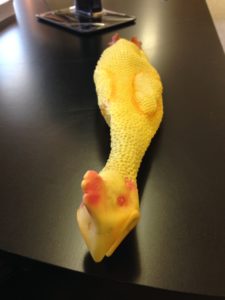

 Our customers in the nursery and greenhouse business are starting to prepare for Spring.
Our customers in the nursery and greenhouse business are starting to prepare for Spring. 


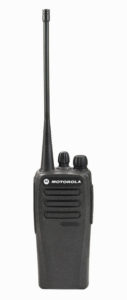 The newest radio to come along is the
The newest radio to come along is the 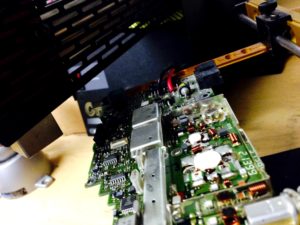

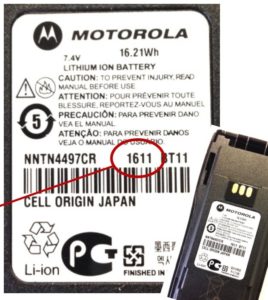
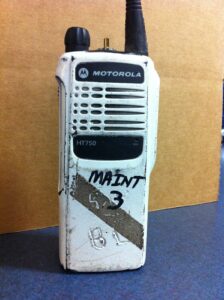 This
This 
